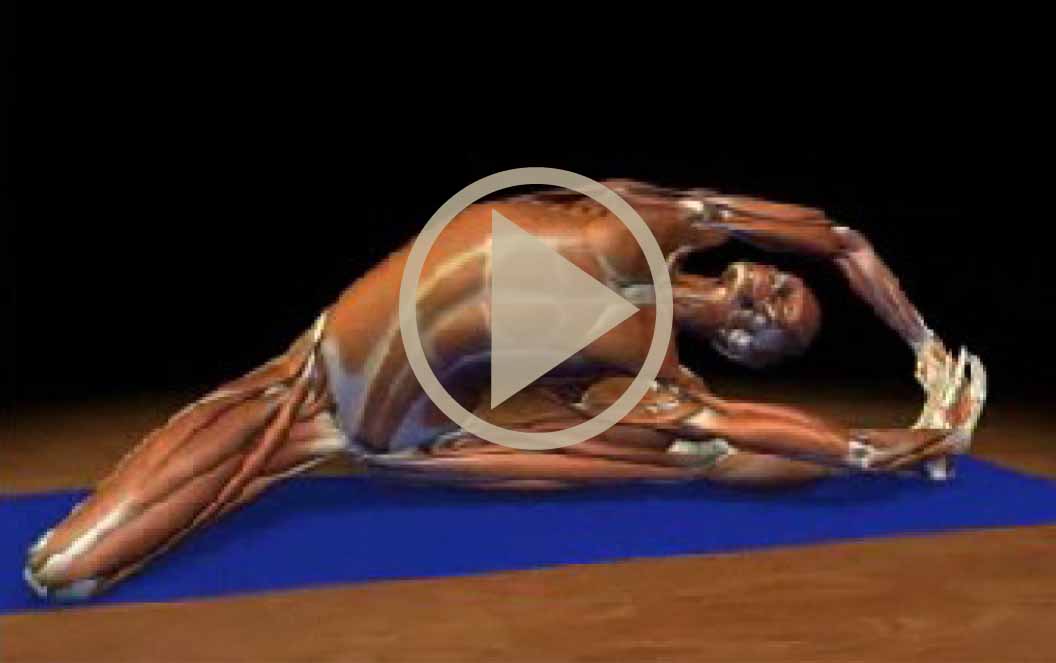We take your privacy very seriously. By entering, you agree to the terms & conditions and privacy policy
Copyright 2010-2011: Yoga Weight Loss Systems: Elongated Muscles: Hatha Yoga :Lose Weight with Yoga:
Yoga, How the 8 Steps Will Help You
Reach Your Weight Loss Goals
By: Charry Morris: Certified Yoga Instructor
Designer of the Yoga Weight Loss System
In today’s dog eat dog world, where keeping up with the Jones’ and running in the rat race are par for the course, how can you finally lose that unwanted weight? How can you achieve your goals? When you know what you want, but aren’t quite sure how to get it, what is the solution? Believe it or not, yoga can help direct you to your targeted goal and help you maintain it.
The teachings of the science of yoga that were passed down over 5000 years ago by a yoga adept named Patanjali is the key to losing the wieght and keeping it off.
Patanjali systematized the teachings of yoga into a book of 4 chapters (padas) made up of 196 sutras (short aphorisms). The brevity of the sutras originates from the oral tradition of yoga in the past. Yogis would transmit the teachings, the sutras, verbally from teacher to student until they were transcribed and brought to the modern world.
The yoga sutras outline an eight limbed practice system.
The eight limbs ascend from the first to the eighth from gross to subtle transformations of energy and states of mind/being. Not only are they vertical in scope, but each limb connects back to all of the other limbs simultaneously. Once you have achieved a certain amount of “enlightenment”, you are cautioned to revisit the first limb again so as not to fall from grace.
The limbs of Ashtanga yoga, or the eightfold path, are:
1. Yamas
 5. Pratyahara
5. Pratyahara
A student of yoga begins their study with the Yamas and Niyamas. These set the moral and ethical foundation of the practice. The Yamas are inner disciplines which encourage us to live in peace with ourselves and others. The Niyamas are inner disciplines that guide us back to our deepest, innermost connection with the Divine.
The Yamas consist of non-violence, truthfulness, generosity, abstinence, and acknowledging abundance. The Niyamas consist of cleanliness, satisfaction, lighting a fire of intense zeal for life, self-study and the study of ancient yoga texts, devotion or surrender to the Divine.
Imagine how you could change your life by following just one of these aspects of yoga for the rest of your life.
Asana follows the Yamas and the Niyamas. This is the physical, biomechanical, muscular work of yoga. When you see people doing the yoga poses / stretching this is what they're doing.
Yoga is considered the path of action. Without decision making and belief in one’s self it is difficult to create the changes necessary in our life that will be beneficial. The postures of yoga give you the self-confidence and conviction you need to follow your heart to a healthier and more vital life.
Pranayama is the work of breathing. There are untold numbers of formal breathing exercises that yogis teach and use to produce powerful energy within the body. However, the ancient yogis also caution us that the breath is like a tiger and if we try to tame the breath too soon, just like an untrained tiger, the breath will kill us. Breathing and being mindful of the breath alone can literally change your life.
Pratyahara is withdrawal of the senses. If you can take a step back from your actions and reactions for a moment, notice how your senses drive most of your decisions throughout the day.
The yogis believe that the senses are like 6 horses propelling a chariot. Our will is the driver of the chariot. If the driver does not pay enough attention or is not vigilant enough, the horses take the chariot (and us) wherever they please. Reign in the senses, increase your will power and you begin to make better, more productive and healthy choices that are in line with what you really want out of life. Choices that are in line with your weight loss goals.
Dharana and Dhyana are essentially contemplation and meditation. These are helpful for us dealing with stressful situations and combatting disease. They are intense and powerful practices that deserve daily attention. There are numerous scientific studies that have proven the stress relieving effects of daily contemplation and meditation.
Samadhi is the ultimate goal of yoga. Samadhi is full self-realization. It is realizing that life is full of suffering and the causes of suffering. In order to rise above this we need to study, examine and understand our own truth. We need to come back to our original source of inner wisdom. Ultimate freedom from suffering and freedom from the causes of suffering is how we'll get what we really want and keep it.
With so much in the world to attain, reach and conquer, what we seem to be missing is inner peace.
If our job is in line with our heart, we will never have to work a day in our life.
If we line up our principles and ethics with how we treat ourselves and those around us, we will avoid internal and external suffering.
If we have the patience of the ancient yogis to create a more spacious, and rich, inner life our outer realization will be fulfilling and awe-inspiring.
By following the eight fold path of Patanjali, you will reach your weight loss goals and, more importantly, keep them.
Charry Morris,
Designer: Yoga Weight Loss System.
(Watch the video below to learn how I lost over 60 pounds with Yoga.)
PS-If you liked today's artice and know somebody that would benefit from reading it, feel to forward it on. Myabe a co-worker,
friends or family member? (They'll probably thank you for it.)
Free Video Reveals The 5,000 Year Old Weight Loss Secret!
Press the play button below.
Blog Sponsors


